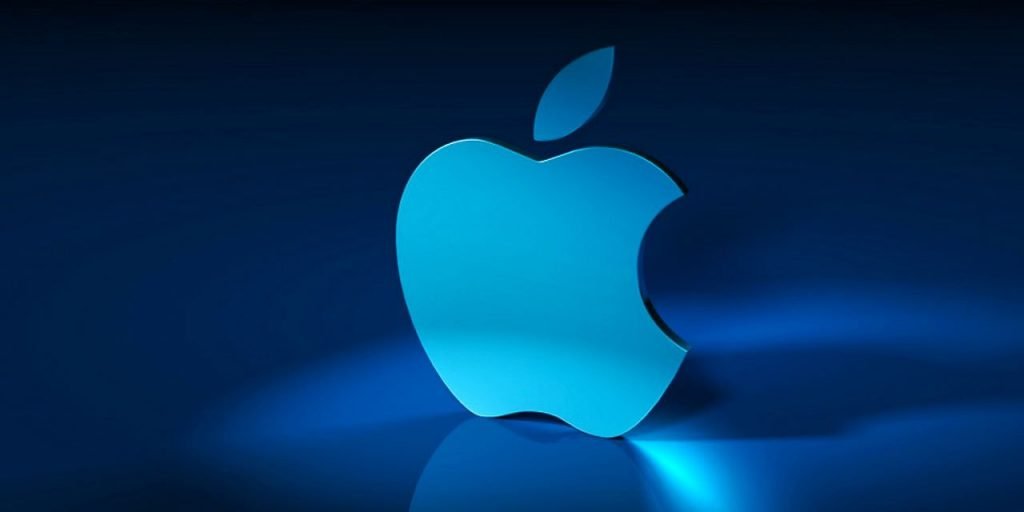Ethical Dilemma in Nursing
Nurses face ethical challenges daily during their practice. Each situation is unique, and it requires the nurse to set aside their values and beliefs to care for their patients properly. Situations requiring the nurse to make an ethical decision within the practice area are diverse and dynamic. However, the code set by the American Nurses Association (ANA) code of ethics remains the same (Varkey, 2021). Some ethical issues and dilemmas that abound in nursing include balancing between clients’ right to autonomy, and the legal and ethical rights relevant to nursing care. Therefore, a nurse should be aware of all kinds of dilemmas they may encounter during their profession and how they can deal with them based on how they were dealt with in the past. Initially, the nurses need to know the difference between law and ethics. Ethics distinguishes the values and actions of the people.
Clients’ Right to Autonomy
Patients’ autonomy refers to the right of a patient to make decisions independently about their care based on their beliefs and values (Lamont-Mills, Christensen, & amp; Moses, 2018). It is a code of ethics that gives patients the right to refuse medication, treatments, or procedures that do not align with their values and beliefs or they do not find right. However, in some cases, nurses might find themselves in a conflicting situation about a patient’s right to autonomy and what the nurses or other health care workers believe is best.
For instance, caring for patients with cardiac disease when pregnant can be challenging for the nurse. It can raise ethical issues in balancing patients’ autonomy with their safety and well-being. During my research, I read about a patient named Samantha. Samantha is a twenty-six-year-old pregnant lady working in the nearby cafeteria and is seventeen weeks pregnant. She has a history of Cardiovascular disease (CVD), which has worsened over her pregnancy period. Her doctor is worried if she continues with the pregnancy, it might worsen her heart condition leading to a life-threatening emergency. Therefore, the doctor recommended the termination of the pregnancy within the next two weeks. However, based on Samantha’s beliefs, she believes that abortion is wrong, and she believes that God will heal her, so she is hesitant with the procedure. During their conversation, Samantha asked the nurse what she could do in her position. The nurse does not believe in abortion either, but he believes in protecting the health and lives of the patients. That brings the nurse into confusion because letting Samantha carry on with the pregnancy might cause their lives. Also, terminating the pregnancy will be going against Samantha’s autonomy.
Read More
The Ethical Dilemma and The Impact on Patients, Nursing Practice, And the Research Process
Patients rely on nurses for their decisions regarding health and wellness. In some cases, the medical necessity for the patient contradicts the patient’s morals and beliefs (Lamont-Mills, Christensen, & amp; Moses, 2018). For instance, in such a scenario, the nurse preferred they terminate the pregnancy to save Samantha. On the other hand, Samantha wants to keep the pregnancy because she believes God will heal her. It is so common for patients to tell them what decision is best for their health. However, ethical dilemmas occur when the patient’s options differ from those of the doctors. That kind of dilemma can impact the patient’s health because if the nurse decides to let Samantha keep the baby, both can die because when her heart rate gets too high, it will be unable to keep the baby breathing, so both Samantha and the baby can die.
A patient must provide informed consent to the healthcare workers before receiving any medical treatment for it to be considered ethical and legal. If the nurse acts against the patient’s autonomy, the procedure can be considered an assault or murder if the patient dies due to the treatment. As a nurse, having informed consent means that all the patient has agreed to the treatment option with full knowledge of its risks and benefits, and in case of anything, the nurse will not be liable (Lamont-Mills, Christensen, & amp; Moses, 2018). Based on our scenario, the dilemma will impact the nurse’s practice as he will lack confidence in his treatment plan. Autonomy from the patient makes the nurse feel respected, has stronger decision-making skills, and improves the clinical experience for the nurse and other clinical officers.
Autonomy is fundamental in nursing practice, and it is essential in the profession. When a nurse lacks autonomy from the patient, it becomes hard to use their professional knowledge and judgment to make decisions fit for the patient’s health. For nurses to exert full control of their practice, they should be aware of whether the condition allows them to practice autonomy. Operational autonomy is important in research because it has a positive effect on job satisfaction and the well-being of the patients.
Research Question
If a client’s life is in jeopardy, just like Samantha in our previous discussion, the nurse is obliged to provide safety for the client to avoid abandonment. If the nurse decides to go against the client’s wish, will he be acting against the nursing code of ethics?
How to Deal with this Ethical Dilemma
According to the American nurse association (ANA) position on reproductive health, every patient has the right to autonomy regarding their health based on full information from the nurse and without coercion (McCradden, Joshi, Anderson, Mazwi, & Goldenberg, et al., 2020). Based on our research question, if the nurse decides to go against the client’s wish, he will act against the nursing code of ethics, leading to legal cases. Nurses are supposed to provide all relevant information to the patient without bias and support the patient’s choice regardless of their decisions. ANA also affirms that nurses have the right to refuse participation in sexual and reproductive health (SRH) care based on ethical grounds if they are not assured about the patient’s safety and there are no alternative arrangements for care.
Based on our research question, the nurse should not share with the patient her personal beliefs and opinions regarding abortion as that will be providing the client with biased information. Instead, the nurse should express her concern about keeping the baby and encourage her to talk to her significant other, spiritual adviser, and any other person who could be of help in deciding to seek advice (McCradden, Joshi, Anderson, Mazwi, & Goldenberg, et al., 2020). That will help the patient develop a decision fit for her so that the nurse does not act against the nursing code of ethics. The nurse should also make follow-ups with other physicians before the time period ends to discuss the possible options before performing the procedure.
One Advantage Information Technology May Have on this Ethical Dilemma
Information technology has evolved over the past few years. While it continues to evolve, so do the decisions healthcare workers and IT managers should face (Glueckauf, Maheu, Drude, Wells, & Wang, et al., 2018). In such an ethical dilemma, information technology can help do more research regarding an ethical dilemma, which can help come up with alternative solutions.
In conclusion, the healthcare profession can be complex, and therefore ethical principles are required to provide the best practices. Four ethical principles govern the healthcare profession, each with a unique objective (Varkey, 2021). These healthcare ethics helps healthcare professionals view complex issues and make recommendations to ensure patients get high-quality, ethical care and not hurt patients. Due to the dynamic environment of healthcare, these principles were created to support professionals as they navigate patientcare.
References
Lamont-Mills, A., Christensen, S., & Moses, L. (2018). Confidentiality and informed consent in counseling and psychotherapy: a systematic review. Melbourne: PACFA, 1-16.
Glueckauf, R. L., Maheu, M. M., Drude, K. P., Wells, B. A., Wang, Y., Gustafson, D. J., & Nelson, E. L. (2018). Survey of psychologists& telebehavioral health practices: Technology use, ethical issues, and training needs. Professional Psychology: Research and Practice, 49(3), 205.
McCradden, M. D., Joshi, S., Anderson, J. A., Mazwi, M., Goldenberg, A., & Zlotnik Shaul, R. (2020). Patient safety and quality improvement: Ethical principles for a regulatory approach to bias in healthcare machine learning. Journal of the American Medical Informatics Association, 27(12), 2024-2027.
Varkey, B. (2021). Principles of clinical ethics and their application to practice. Medical
Principles and Practice, 30(1), 17-28.



